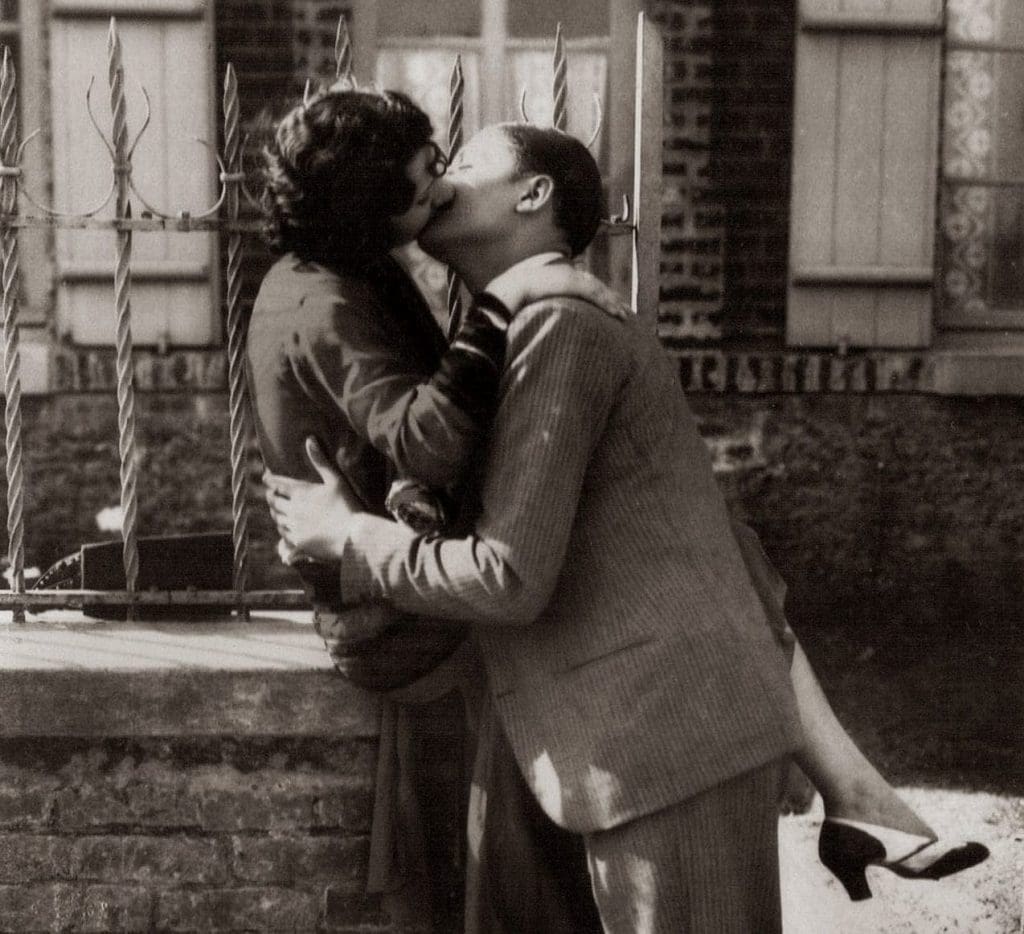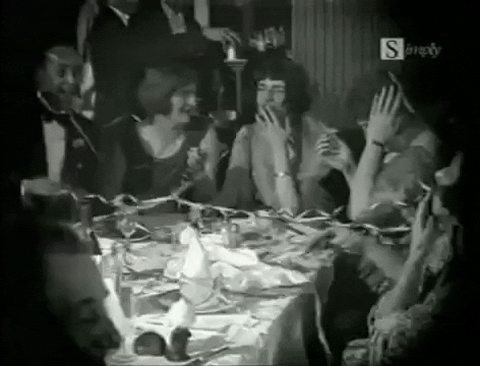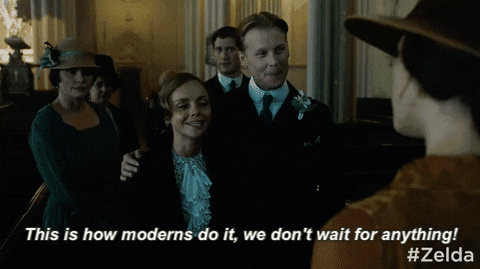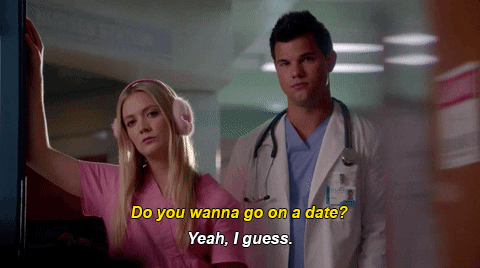What do the 19th Amendment, bathtub gin, and dating traditions have in common? Arguably, women are far more independent than they’ve ever been. They make more money today than they did in the early half of the century, when a massive pay gap left them hanging below the basic-living wage. Does this mean we should be treating men on dates? Should we be splitting the bill? Or stick to tradition? But what does “tradition” even mean and where does modern dating come from? Let’s dive into how the suffragettes, flappers, and speakeasies laid the groundwork for 21st-century “dating,” a term that came into vogue in the 1920s, (also by accident), and whose meaning is so varied in 2020.
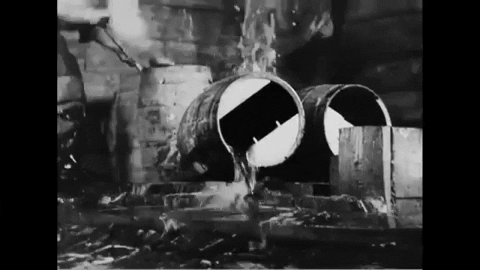
Prohibition: A “Decent” Society
Organizations like The Women’s Temperance League had been fighting for decades to ban alcohol and earn women the right to vote and, shortly after World War I ended, they succeeded. In that same time period, the suffragettes brought Congress to its knees, and 1919 saw both the 18th and 19th Amendments ratified. The 18th Amendment banned the production and sale of alcohol, while the 19th Amendment gave women the right to vote. Prohibition went into effect on January 16th, 1920, and (some) women in America rejoiced. Drunken husbands would finally sober up, stop abusing and abandoning their wives and children, and the family would thrive in a moral, decent, Christian nation. Except, they were wrong. Prohibition had just the opposite effect.
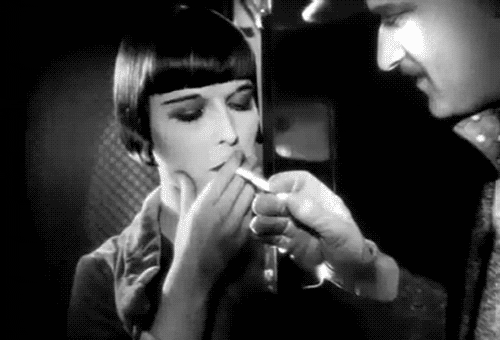
Rather than fostering a decent and sober society, Prohibition made alcohol all the more appealing. Especially to a generation of young women who suddenly found themselves with a voice in politics, a booming economy, and access to new technologies. Including automobiles and telephones that were catalysts to independence. They saw an opportunity to treat life and sex as casually as men had, and basically lived by the mantra: “I can vote, I can hold a job and live on my own. Why shouldn’t I smoke cigars or cigarettes and drink amongst men?”
Social Acceptance of Female Contributions
The social acceptance of female contributions to work outside the home saw a generation of women exploring their new found freedom, and they were quick to show it off, particularly in how they expressed their sexuality. The 19th Amendment and Prohibition helped the ‘20s roar until the economic crash of ‘29. Vibrant, co-ed speakeasies and a new romantic ritual called “dating” replaced the centuries-old ritual of courtship. Sexual liberation and excess led to a new female independence that the previous generation of suffragettes deemed “immoral.” To them, these young “flappers” were damaging to the feminist movement.
Mixing Drinks & Genders
One might argue that courtship would have made its exit with or without the 19th Amendment. That very well could have been, though it likely would have taken much longer. But the onset of Prohibition brought a new kind of social setting that was practically non-existent prior to 1920: the speakeasy. Unlike the saloon of centuries passed, speakeasies welcomed female patrons. They were willing to cash in on their new customers who could now order a drink alongside their male counterparts.
The saloon didn’t allow such a thing, and most were male-only. In fact, most saloons were more than willing to throw a woman out of their establishment. In the eyes of society, the only kinds of women who had any business in a saloon were prostitutes and cooks. The few saloons that would serve women, well, you’d better enter through the back door or the side entrance.
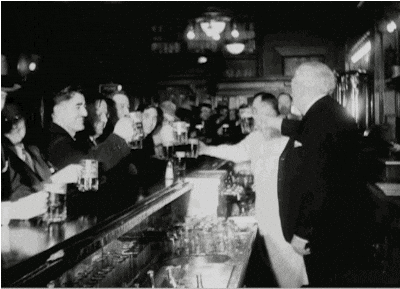
But a speakeasy? That was like Disneyland or a Vegas casino playground. While women certainly drank before Prohibition, it was typically not in public. With more than 35,000 clandestine watering holes in Manhattan alone, it’s no wonder that the number of female drinkers skyrocketed under the blanket of enforced sobriety.
The ‘Speakeasy’ Accelerated Modern Dating
What speakeasies figured out was that by decorating and setting themes to their establishments, and even livening up their drinks, they attracted women through their hidden doors. (Thank Prohibition mixologists the next time you’re sippin’ on gin and juice.) They even spent some extra cash to supply entertainment, something they noticed kept female customers engaged and drinking. The speakeasy had unintentionally discovered a revolutionary business model: while men just wanted to drink, women wanted to drink and be entertained. But where there were women, men were sure to follow. This concept was lost on the saloon, but the speakeasy forged the path for what we’re all begging to do right now: “Go out!”
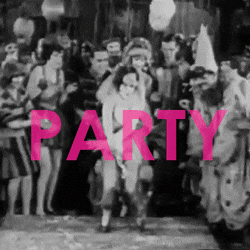
One or two speakeasies did attempt to remain “male-only,” but for the most part, men and women were welcomed on an equal playing field. This allowed them to mingle in ways their Victorian parents could never have imagined, changing gender interactions forever. Speakeasies propelled our modern idea of clubs and fancy themed bars, and that mixed cocktail you’re holding (maybe). While you’re at it, you might as well tip your hat to the wealthy classes during this era (think The Great Gatsby) for concocting the infamous “house” or “cocktail” parties. Cheers.
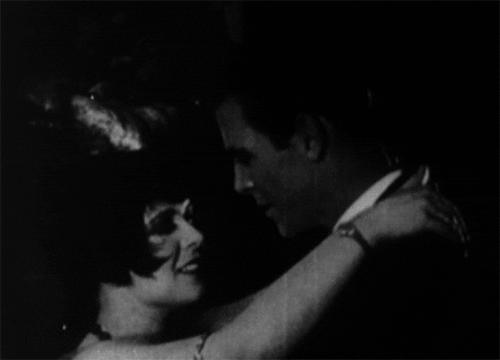
So, Where Does Modern Dating Come From?
If you were a generation or two before Prohibition, you wouldn’t have dated your sweetheart at all. Rather, you would have been courted if you were female and courting if you were male. Some historians argue that courtship put women in control of the relationship, because they dictated the time, place, and activity. However, this isn’t entirely true. A single woman’s life was still primarily not her own. Instead, her life and her courtship were dictated by her father, mother, and even a brother, (despite the fact that she may have been a strong, grown woman who didn’t need a man, but I digress).
With technology, leisure, and a wealthy economy, there were all kinds of things to do—and women were fleeing the farm for the city. They were in search of independence and the usual cocktail of fame, fortune, and even a rich (or at least stable) husband. By 1929, nearly half of single American women were in the workforce, living independently or in women’s boarding houses—a giant leap since obtaining the vote nine years earlier.
There was still one issue though. Women made well below-average pay, at just $22 a week, when the basic living wage was $25 a week. Employers clung to the notion that if a woman was working, she was likely not working for herself, but handing money over to either her husband, father, or other family members. So the idea to pay women the same as their male employees made little economic sense at the time. Lack of economic liberation for women also created the conditions for men being expected to pay on a date. This is where the term “treat” comes from: “My treat.” The age of terms like “girlfriend/boyfriend” also became synonymous with what developed in 2020 as “partner.”
Thus, dating as we know it was born.
Whether there was a physical or affectionate trade off on the part of the woman was largely left up to her. Depending on the expense or chivalry of the man, women would determine how much affectionate attention to lavish on their beaus. That might sound just as rigid as dating’s prior form, courtship, but on the contrary. “Dating” was revolutionary. You could kiss your boyfriend if you wanted, or leave him at the door. Whether he spent money on you or not didn’t dictate whether a girl had to give herself up.
That little dance, though frustrating, can still be seen unfolding today. Yes, even in the age of Tinder and quarantine. The act of dating was so revolutionary, in fact, that the Red Light district was frantic over it. If men were spending their disposable income on girls they knew and liked, “girlfriends,” then they weren’t spending it on a prostitute for the night. And if those girlfriends were “going the limit?” Forget it.
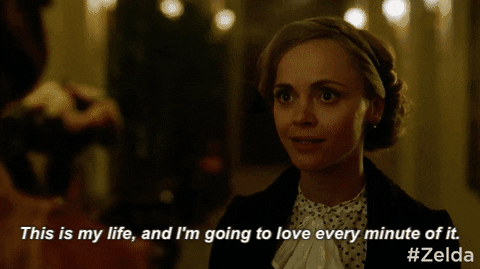
The Freedom To Live, Work, & Love
While the financial aspect of dating put men in control of the time, date, place, it put women in charge of their time and their sexual exploits. You didn’t have to date anyone just because your parents liked them, and unlike courtship, going on a date didn’t mean you had to get married, making dating all the more enticing. This new independence gave women more power than their foremothers ever had. A single girl in 1922 had a better chance to own her own life, reject a proposal, and live out her days as she wished.
Where were men in all this? Well, young men found this change in women exciting and attractive. They didn’t mind if a girl wanted to act on the same impulses and freedoms men had been enjoying for centuries. Having consensual sex with your girlfriend didn’t mean marriage was off the table either. Men really didn’t have anything to lose. However, some men did find this new ritual to be exhausting. Especially if they didn’t make much money but were expected to pay. Alas, the term “gold digger,” came about to describe such girls, particularly those that moved to the city to find rich husbands. We still use the term today, though it’s evolved from pertaining to “country girls,” to reference anyone seeking money rather than love from their partner.
Dates Become Meet-Ups, Meet-Ups Become Options
In 2020, many consider dating to be largely formal. People just don’t seem to go on dates like they used to, at least not with strangers. The “meet-up” has replaced the “date” and is even more casual than dating. Just as changes in technology, the economy, and social structures of the 1920s changed how men and women interacted. It affected how they romanced one another, and these changes affected dating in 2020.
The more independence women attain, the less involved men appear to be. These days, women might argue that their men seem to have lost their romantic, chivalric impulses. Though, in my research in the modern dating pool, (pandemic aside), I found that this isn’t true at all. Most men still want to show their interest and appreciation for the women they date. But they’re often finding themselves in the hands of insistent women who prefer paying their own way. In other instances, women are suggesting they just split the bill.
As gender equality continues to evolve and as pay gaps continue to narrow, one can theorize that equality will spread itself to other facets of life, dating (or “meet-ups”) included. More importantly, a world that recognizes not just equality for all, but the equality to do things how and when we please, is the best world there is. Afterall, flappers didn’t want rules, and neither should we. In fact, I think the first generation of modern women knew exactly what they were doing. Instead of resting on the suffragettes’ image of demure fragility and modesty, the first wave of modern women stood morality on its head and chose to own (and use) their sexuality. And own it they did.
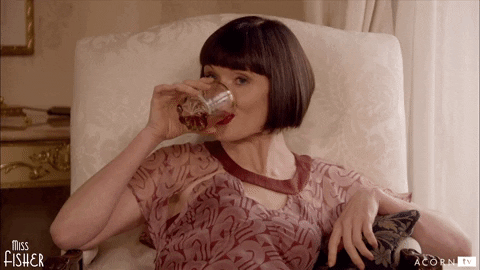
Amaris Pollinger is the Music + Entertainment Editor at the New Jersey Digest. She lives on the fringes of a ghostly battlefield with her husband and their pets.
Addicted to coffee, a lover of wine, music, and history, she just wants to hang out on a cozy porch somewhere.
- Amaris Pollingerhttps://thedigestonline.com/author/apollinger/
- Amaris Pollingerhttps://thedigestonline.com/author/apollinger/
- Amaris Pollingerhttps://thedigestonline.com/author/apollinger/
- Amaris Pollingerhttps://thedigestonline.com/author/apollinger/


